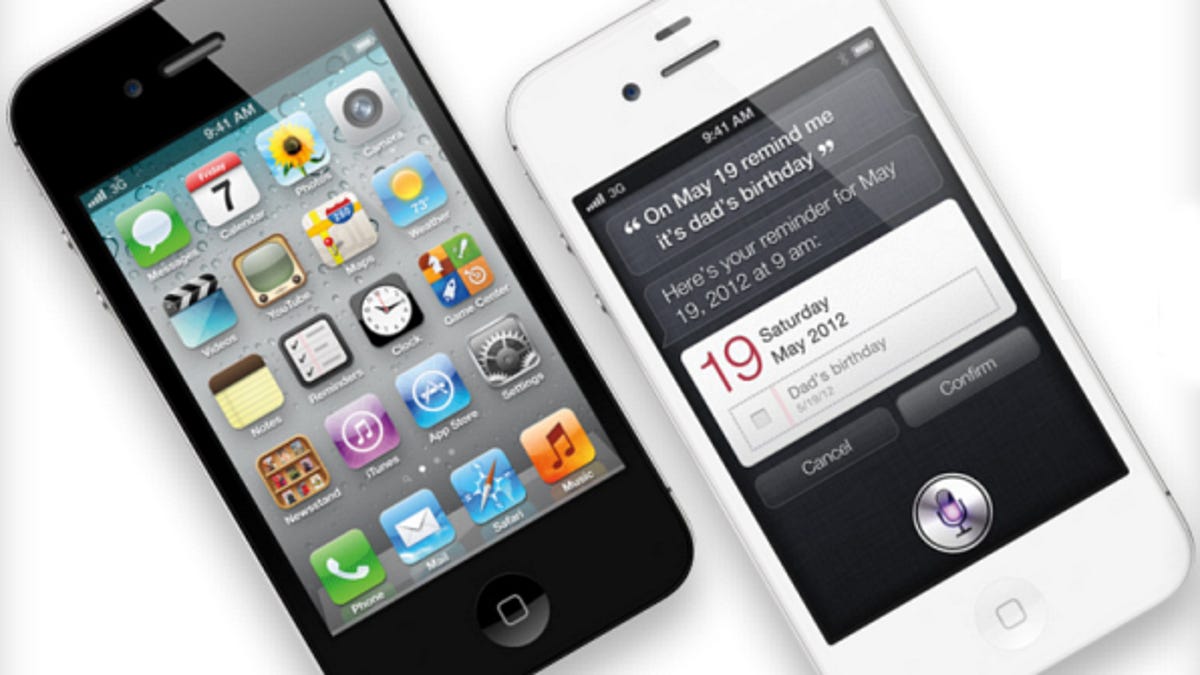iPhone 4S adding most new subscribers to Verizon
Expected to add 1.2 million postpaid subscribers in the fourth quarter, Verizon Wireless has been the major beneficiary of the new iPhone among the U.S. carriers, according to J.P. Morgan.

The iPhone 4S is kicking in plenty of subscribers for all three of its U.S. carriers, but Verizon is proving to be the biggest beneficiary of Apple's latest refresh, according to a new report from J.P. Morgan.
Thanks to the new iPhone, Verizon is expected to add 1.2 million postpaid subscribers during the fourth quarter, an increase from J.P. Morgan's earlier forecast of 1 million.
In comparison, AT&T is likely to add around 450,000 subscribers for the quarter and Sprint around 250,000. As the only U.S. carrier without the iPhone, T-Mobile USA is projected to lose around 400,000 postpaid subscribers for the year's final quarter.
Overall, iPhone 4S sales across the carriers remain high despite a short supply.
Customers eager for Apple's new flagship phone are typically seeing wait times of two weeks for certain models at Verizon and AT&T and one week at Sprint. But iPhone sales so far have reached around 6 million at AT&T, 4 million at Verizon, and between 1.75 million and 2 million at Sprint.
But ironically, higher iPhone sales are leading to tighter margins for the carriers due to the huge subsidies that they have to shell out to Apple. With iPhone sales much greater than expected, margins could be dampened in the fourth quarter.
J.P. Morgan analyst Philip Cusick estimates Verizon's subsidy on each iPhone 4S at $350, AT&T's at $375, and Sprint's at close to $400. Those numbers compare with $150 to $250 for Android phones.
Verizon has actually been trying to push customers toward its 4G Android phones by offering a special promotion of $30 a month for 4 gigabytes of data (up from the usual 2GB) and $50 a month for 10GB. But consumers are still gravitating toward the iPhone, says Cusick.
Sprint is seeing robust business because of Apple's latest iPhone but needs more subscribers to justify the huge investment it's put into the device, according to the analyst.
"We believe Sprint is seeing strong iPhone sales this quarter including a lot of upgrades and good mix of new customers," Cusick said in the report. "Sprint seems to be doing better against T-Mobile and marginally better vs. AT&T, but worse vs. Verizon since the launch of the iPhone. Sprint needs to gain [more than 259,000 postpaid subscribers] to get to full-year positive and begin to justify its huge iPhone expense."
Of the 31 million mobile phones projected to be sold in the fourth quarter, 11.5 million are expected to be iPhones and 11.5 million non-iPhone smartphones, with the remaining handsets feature phones.
By the end of the current quarter, 11 percent of Verizon's postpaid subscribers will be iPhone users, up from an estimated 7 percent at the end of the third quarter. Further, 32 percent of Verizon's mobile phone sales this quarter will be iPhones, up from just 19 percent in the previous quarter.
Over at AT&T, 36 percent of postpaid subscribers will be iPhone users by the end of this quarter, up from 32 percent last quarter. And 57 percent of AT&T's phone sales will be iPhones, compared with 33 percent in the third quarter.
The fourth quarter will also mark the first full quarter of Sprint selling the iPhone. Around 6 percent of Sprint's subscribers will be iPhone users, while 33 percent of its handset sales will go to the iPhone.

